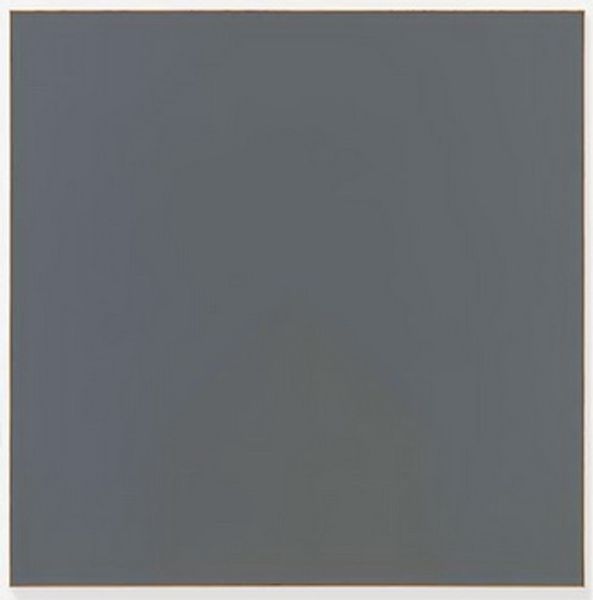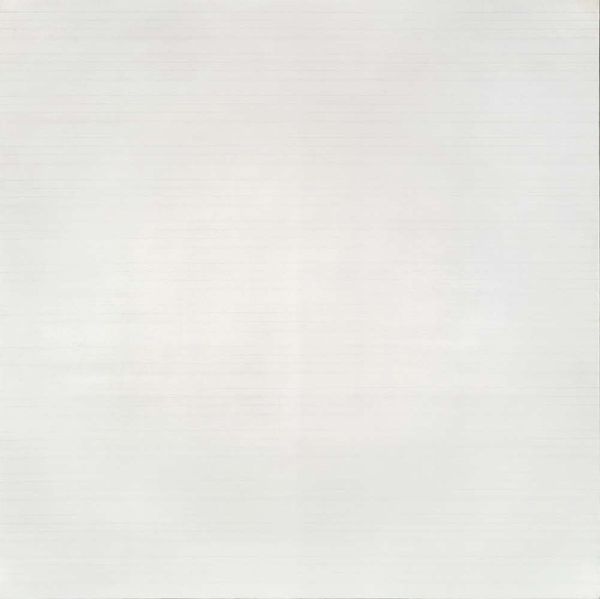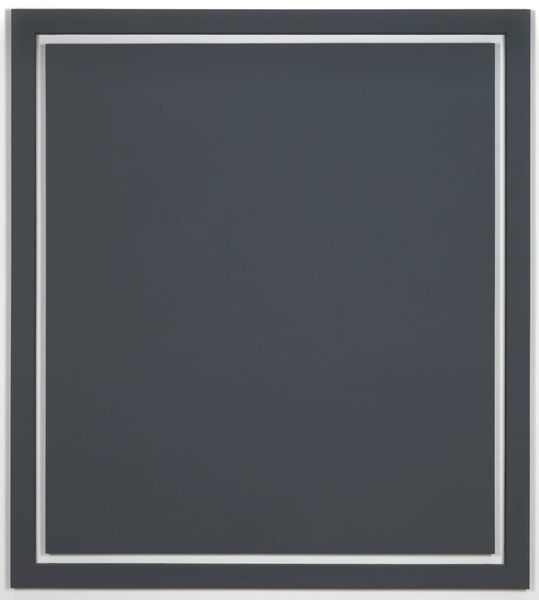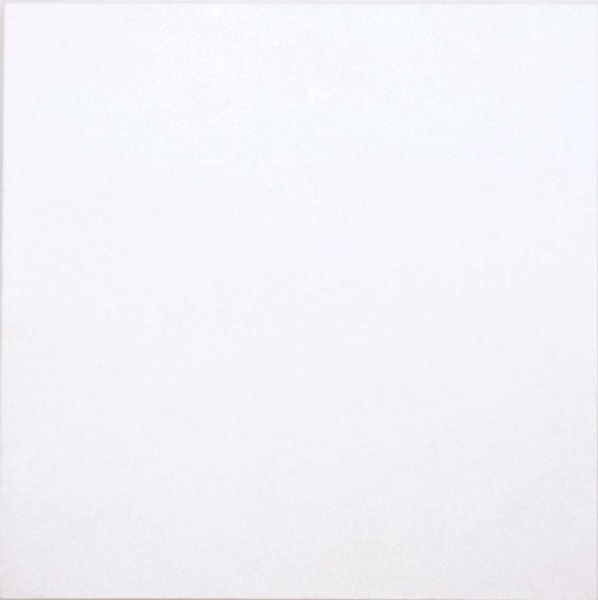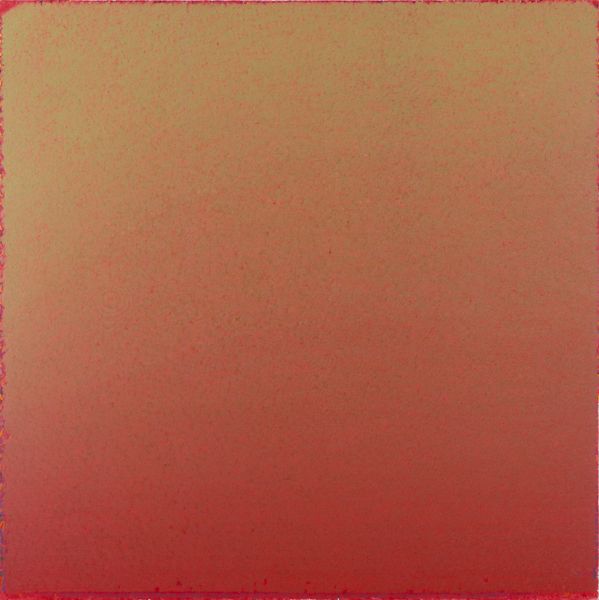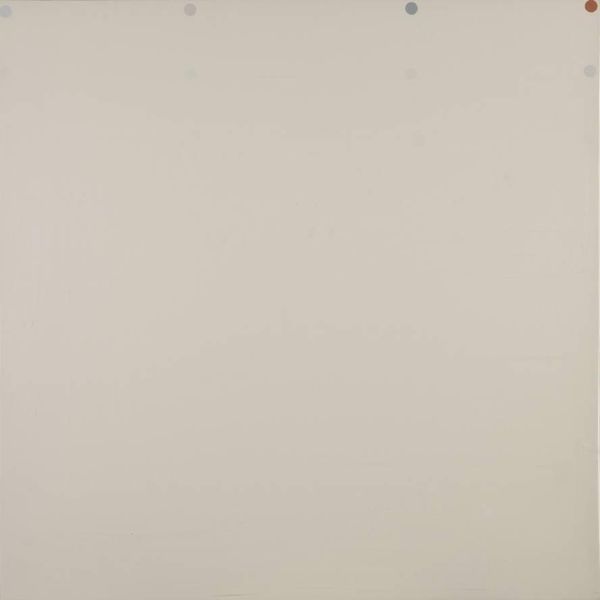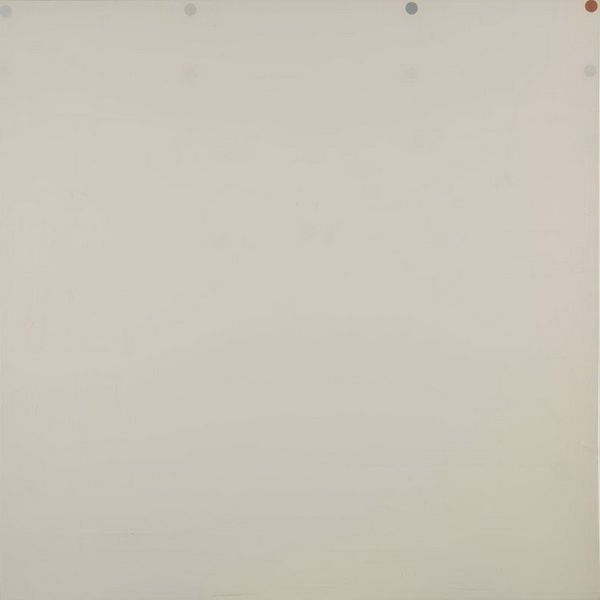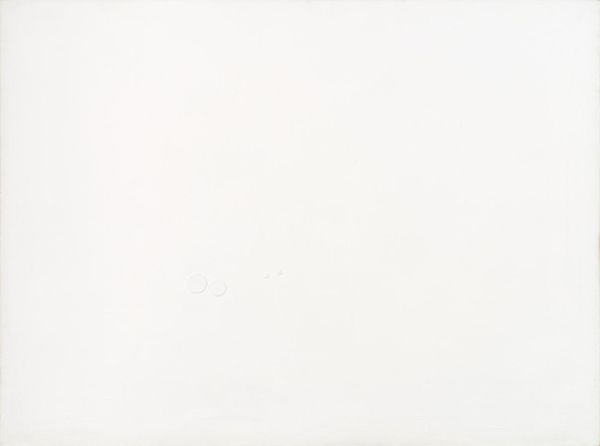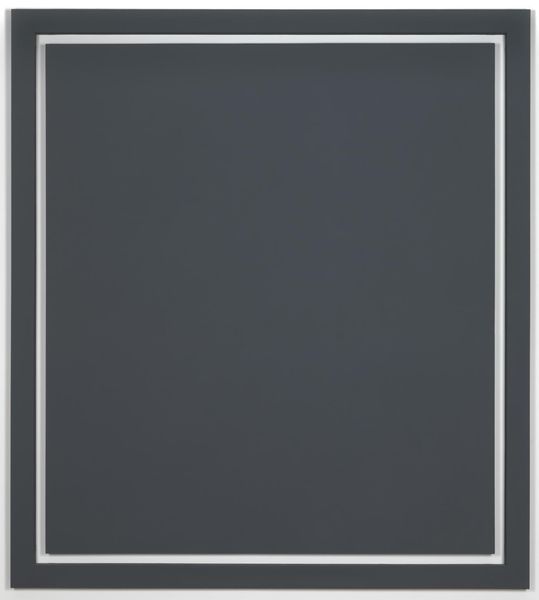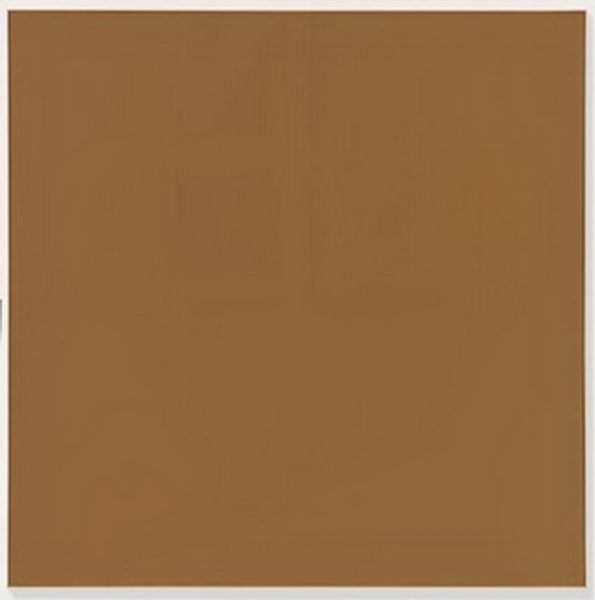
painting, acrylic-paint
#
abstract-expressionism
#
painting
#
colour-field-painting
#
acrylic-paint
#
abstraction
#
monochrome
Dimensions: 152.4 x 152.4 cm
Copyright: Ad Reinhardt,Fair Use
Editor: This is Ad Reinhardt’s *Abstract Painting* from 1966, currently at the Whitney. It’s an acrylic painting that at first glance appears entirely black. There is a meditative quality to it. How would you interpret this work purely through its formal elements? Curator: The apparent monochrome is immediately challenged upon closer viewing. Do you perceive any subtle variations in hue or tone across the surface? Editor: Yes, now that you mention it, I see what seems like a grid structure of slightly different shades of purple or perhaps black. It's extremely subtle, though. Curator: Exactly. Reinhardt is playing with the very limits of perception. He utilizes the grid structure—a visual constant—to then subvert it through almost imperceptible variations in colour. The formal concern lies not with representation but with the essence of colour itself, its behavior, and its capacity to induce a specific experience in the viewer. What is the role of visual art, and what elements are essential to that experience? Editor: I see. It becomes a deeply self-referential exercise, doesn't it? Pushing painting to its barest form. So the point is not about what is represented but how we see. Curator: Precisely. Reinhardt distills painting to its most irreducible components: colour and composition, forcing the viewer to confront their own perceptual processes. He’s exploring the very nature and ontology of art, negating illusion in favour of pure visual sensation. Editor: This has completely changed the way I see monochrome paintings. It's not just a blank canvas, but a challenge to perceive. Curator: Indeed, and such engagement provides opportunities for introspection. Art, for Reinhardt, resides in that interaction, not merely on the canvas.
Comments
No comments
Be the first to comment and join the conversation on the ultimate creative platform.
